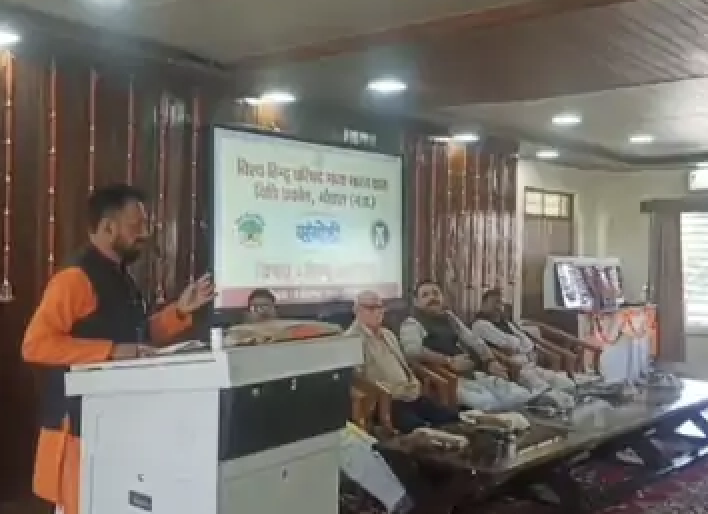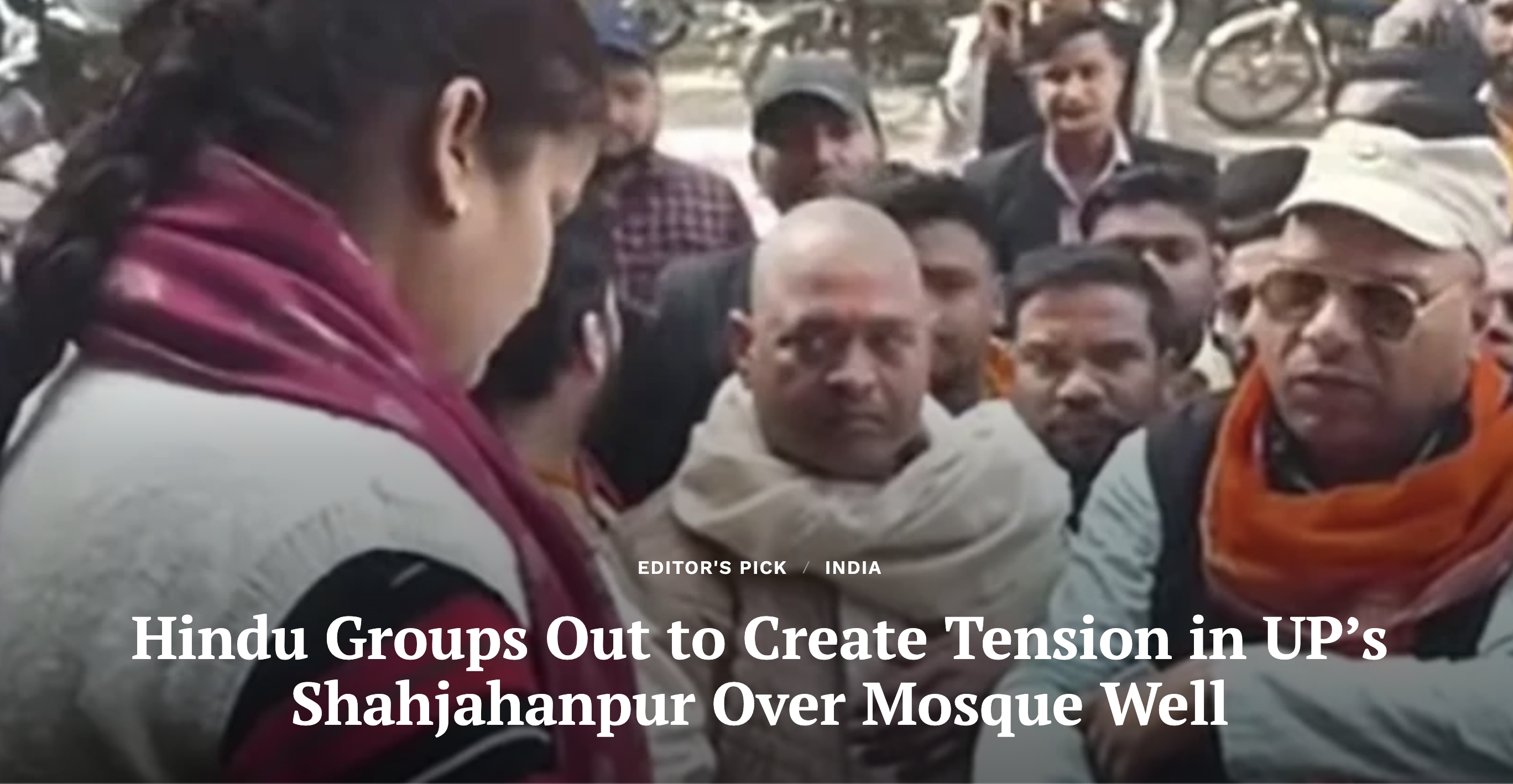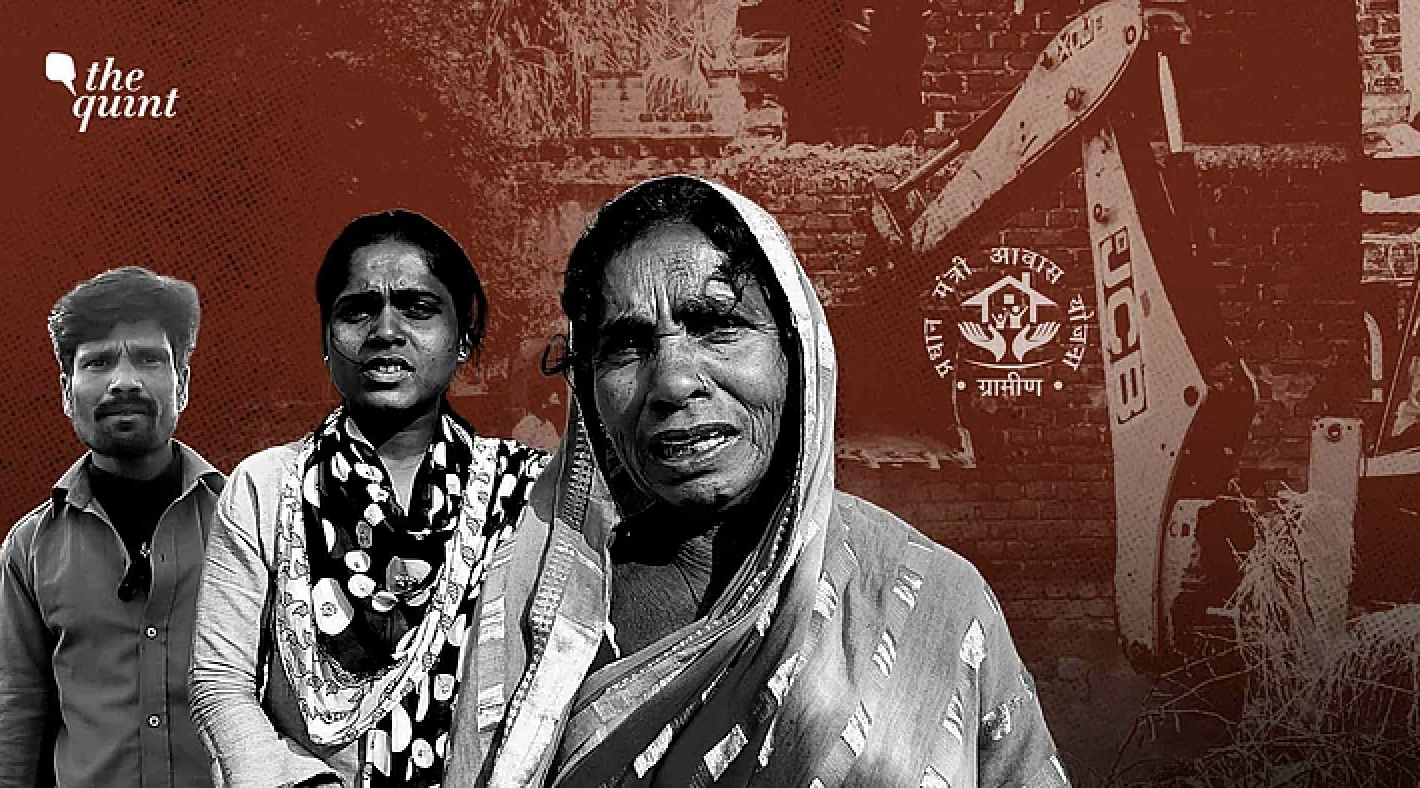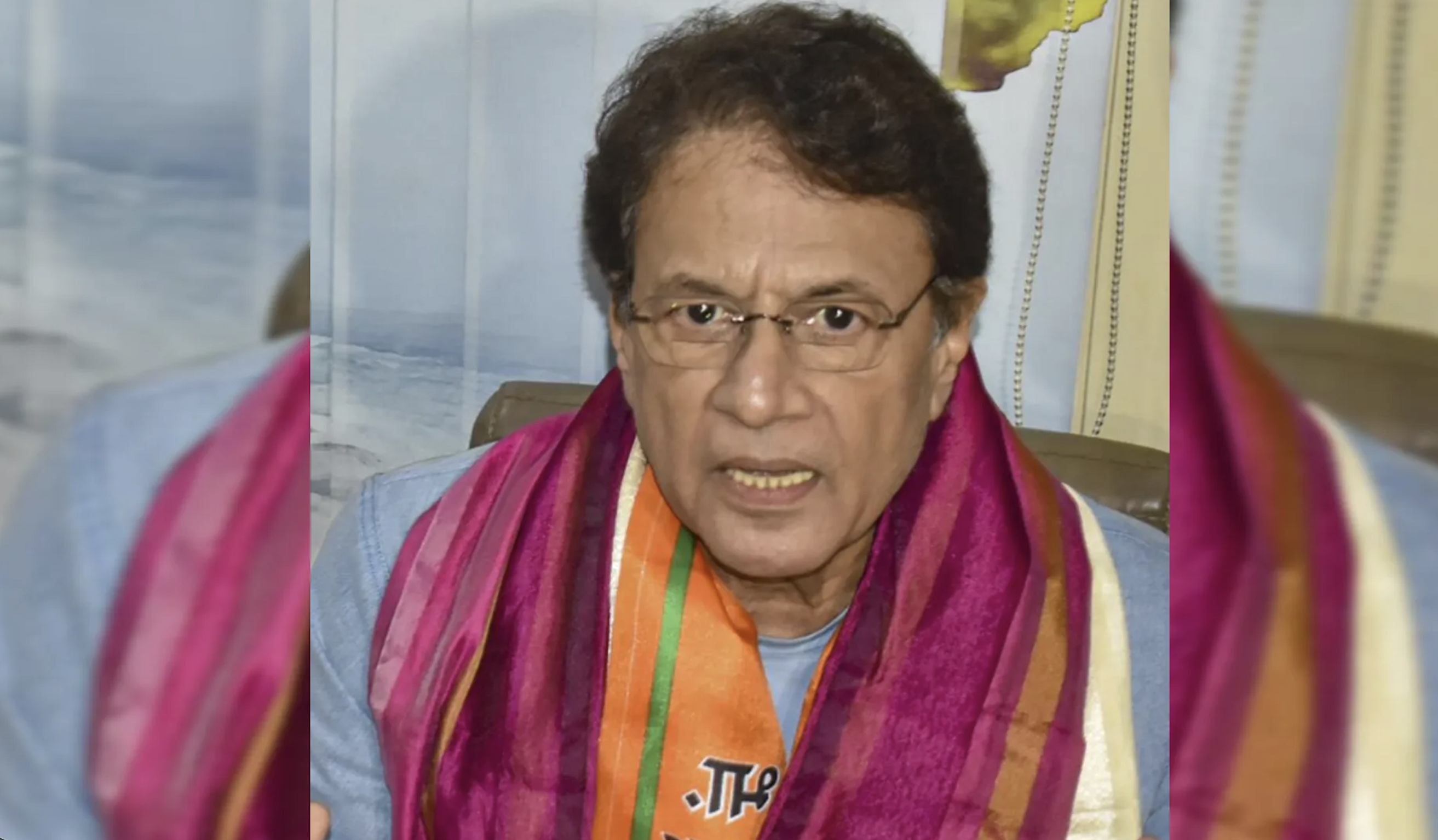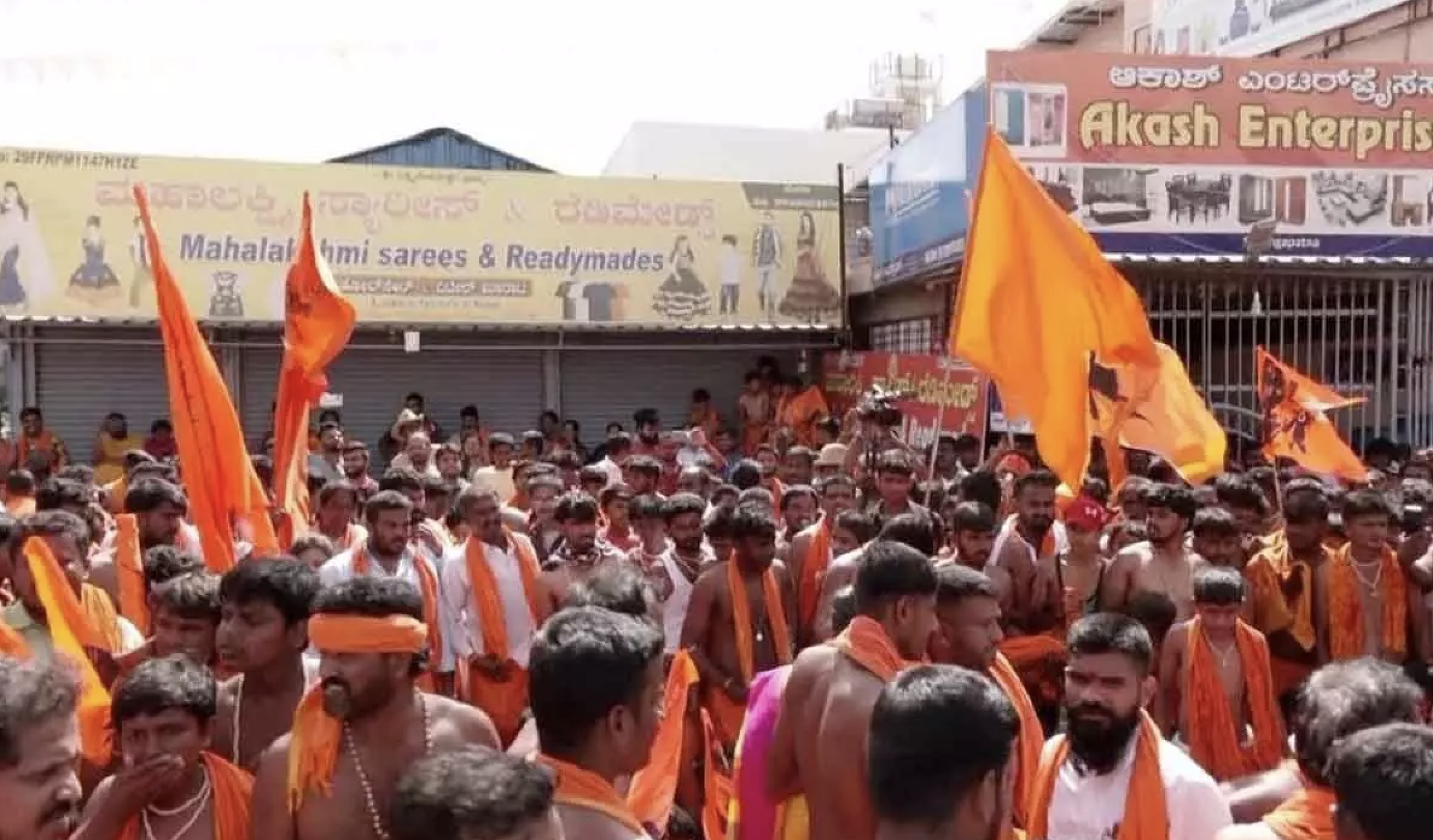
By shivasundar
The communal riots in Nagamangala have once again shattered the myth about the invincibility of communal harmony in the Mysore region. The region as such was well known for its deep admiration for Tipu Sultan and the Wodeyars who during their rule, empowered the Dalits and the OBCs of the region through land distribution and reservation in the state services long before such reforms were initiated in Independent India.
Hence, as compared to other regions of Karnataka, the old Mysore region did not respond enthusiastically to the Sanghi agenda for these historical reasons. Thus, the BJP has not done well in this region so far.
But over the past thirty years, especially in the Modi era, the changes taking place in the socio-economic and political culture of Old Mysuru and Mandya district in particular, have begun to change this balance that has been shaped over a period.
Besides, the agrarian crisis, migration, unemployment, the crisis of livelihood leading to insecurity and identity crisis, personal and social anxieties generated by the neoliberal economy over the last three decades, coupled with the Brahminisation of the upper strata of the dominant castes, namely Vokkaligas and the Sanskritisation of the Nathapanthic Vokkaliga monasteries, the inertia and slow inaction of the progressive movements, and the zeal, resources and destructive zeal of the right-wing forces have brought about many fundamental changes in the politics of Mandya region which have become glaringly visible in the past few years.
This story was originally published in sabrangindia.in. Read the full story here.



